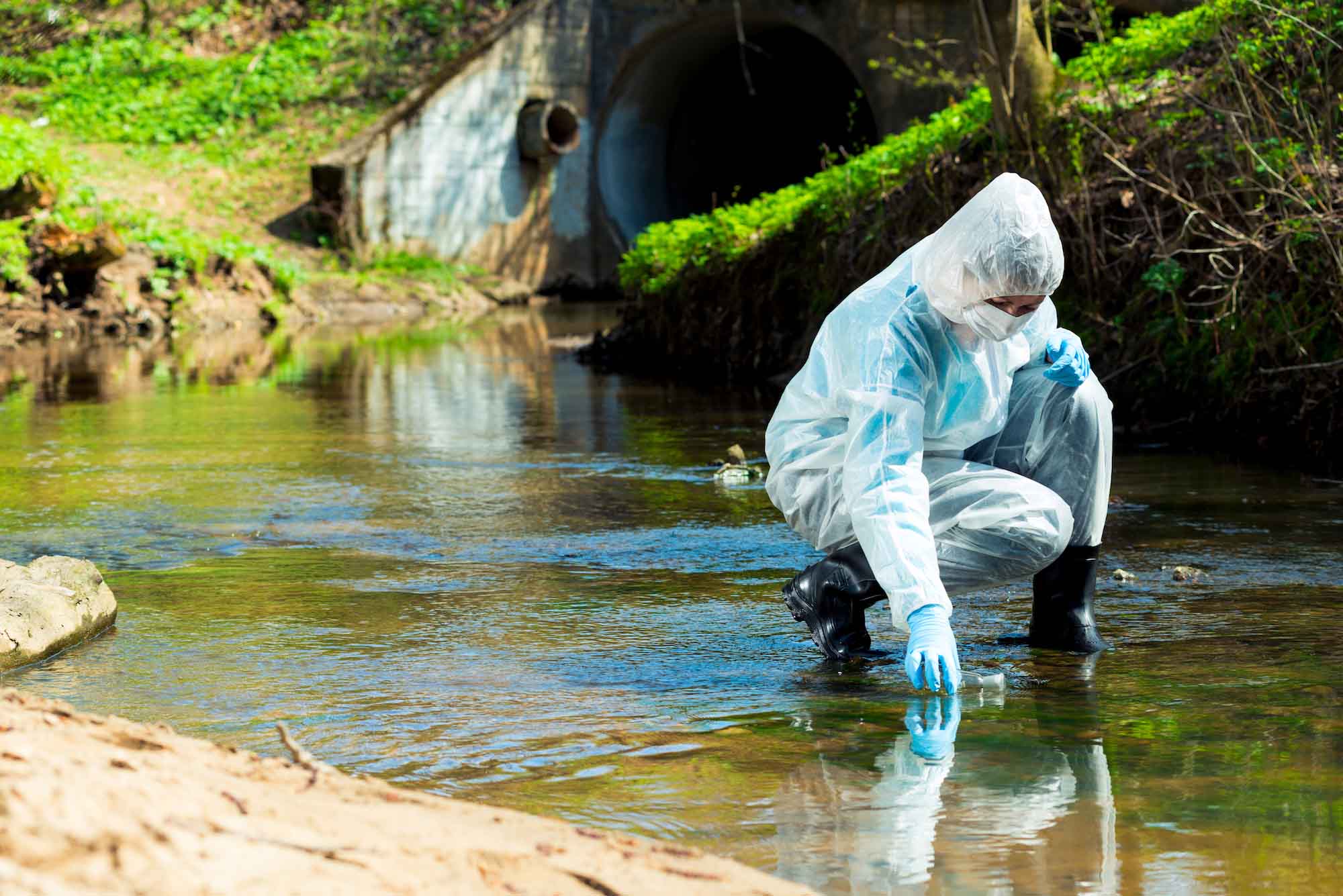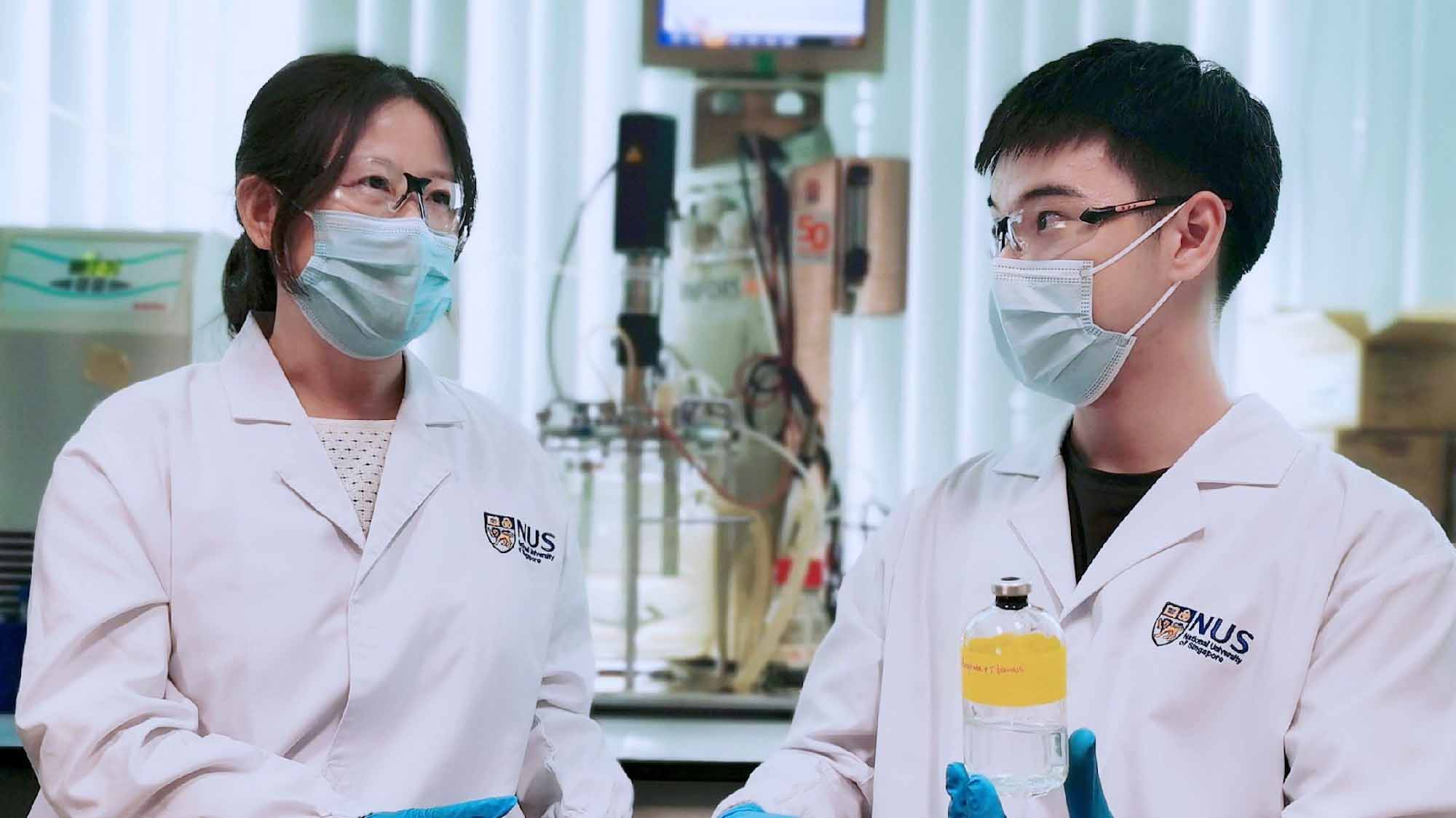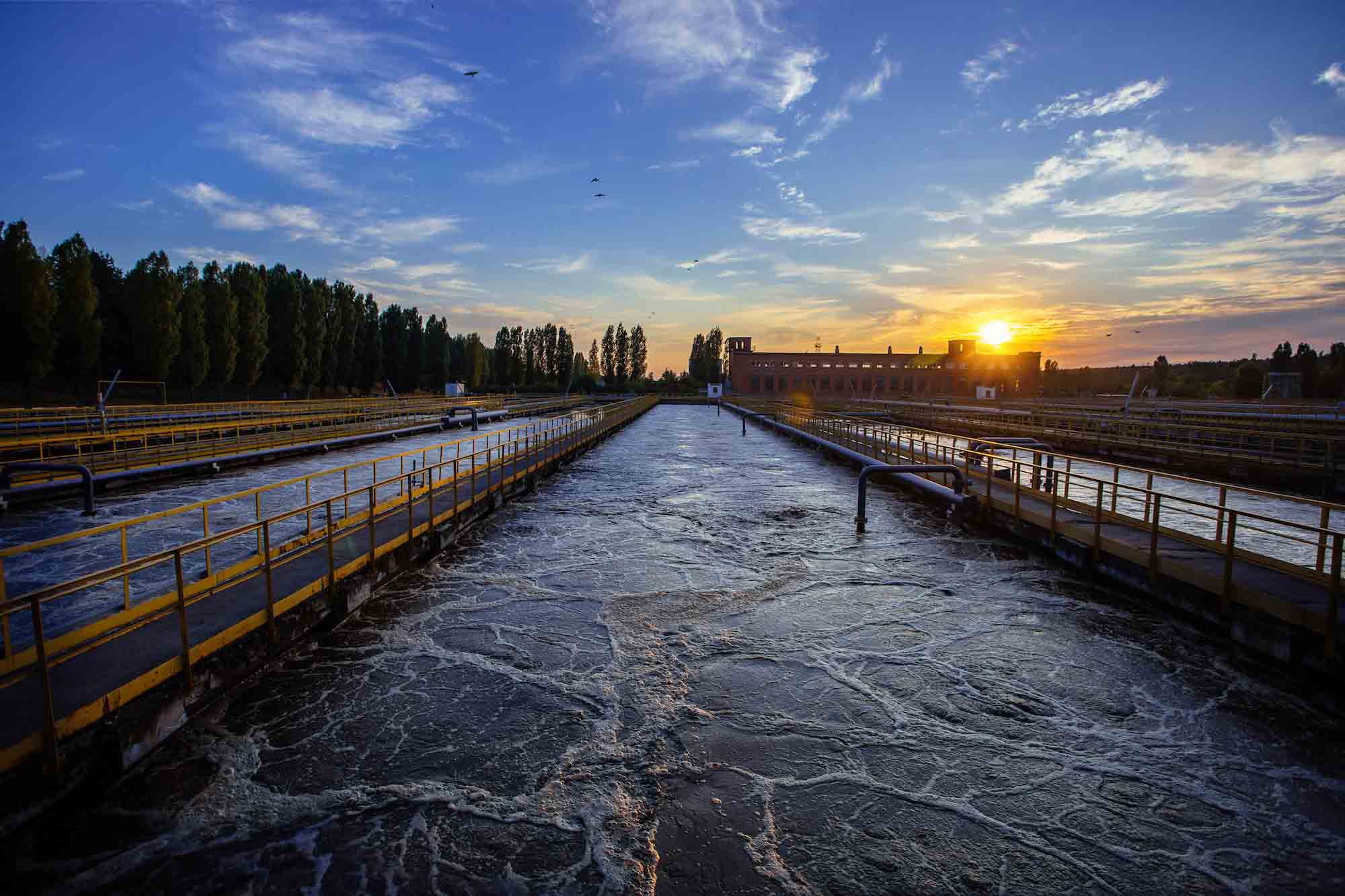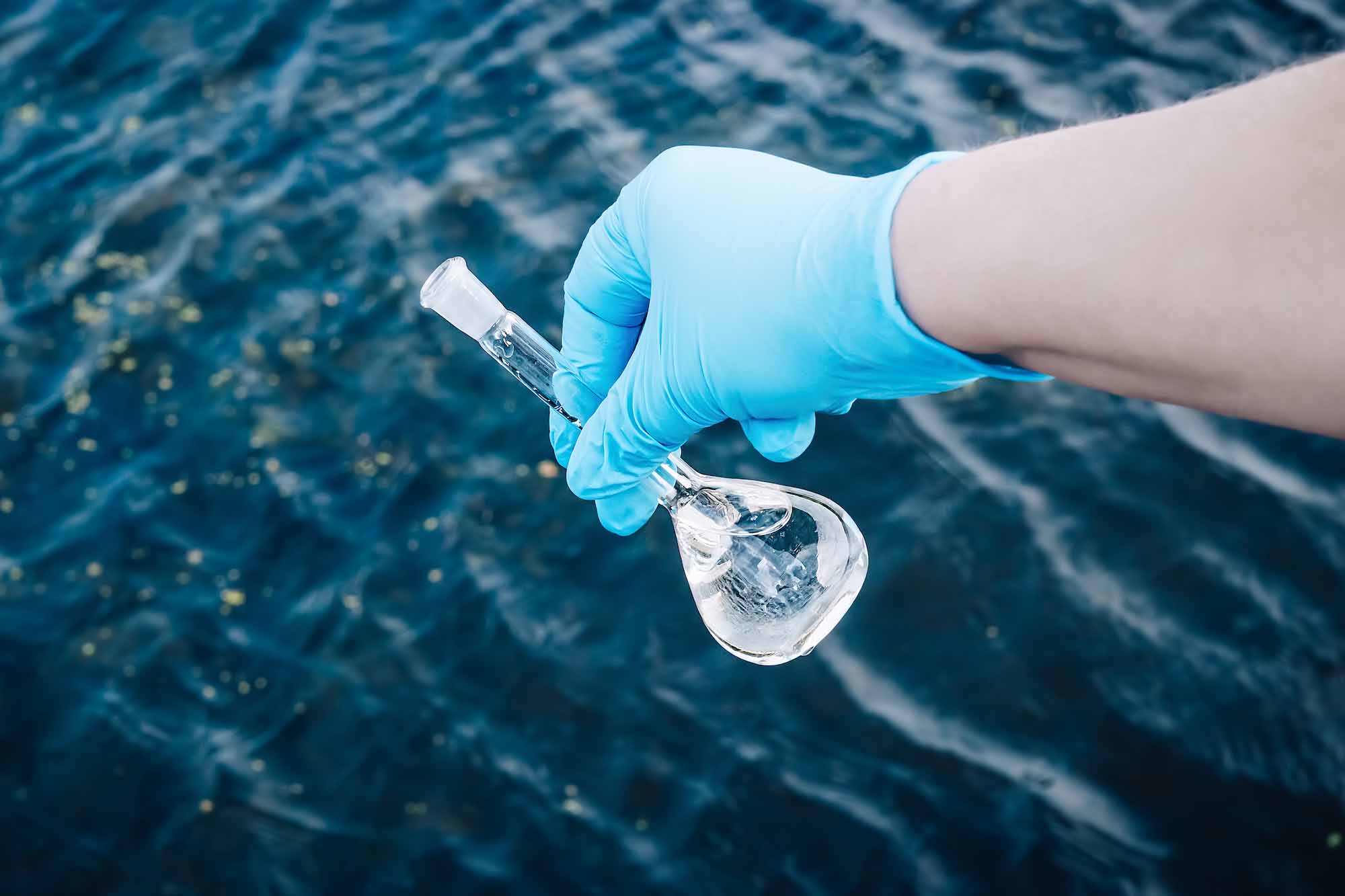Blog
Researchers discovered a new bacterium for more efficient and cheaper wastewater treatment
You might think that researchers from National University of Singapore (NUS) spent years on their research. However, the bacterium was found by mere coincidence.

The research team was carrying out routine monitoring in a wastewater treatment plant when they observed something unusual: an unexpected removal of nitrogen in aerobic tanks as well as better-than-expected phosphate removal.
The researchers then took samples from the tank, isolated various strains of bacteria, and tested each of them for their ability to remove nitrogen and phosphorus. You are right, one of the strains proved extremely effective.
Let me introduce Thauera SND5
The researchers found that one of the strains, which has sticky and creamy structure, differed from others in its light yellow color.
The main difference, however, was the extraordinary ability to remove phosphorus and nitrogen.
The research team then compared the bacteria to related bacteria in a global database.
Their conclusion was this strain is unique and established it to be a new strain called Thauera SND5..

The bacteria was discovered by Professor He Jianzhong (left) and her research fellow Dr. Wang Qingkun. Retrieved from: News.nus.edu.sg
Thinking that the conventional wastewater treatment methods don’t remove nitrogen and phosphorus would be a false assumption. The difference is the way they do it.
Traditional methods
When the contaminated water enters the WWTP, the ammonia-nitrogen and phosphorus in the form of phosphate are present in the water. These substances are produced mainly in the agriculture, industry and by the human body.
If the water contains a high percentage of the above, it affects the environment and our health. Therefore, they must be removed before the water is reused.
There are two methods used in wastewater treatment plants to remove phosphorus – chemical precipitation and biological processes.
The former uses calcium, aluminium and iron. For clarification, imagine the WWTP operators pouring calcium in the form of lime into the water. Its amount depends on the pH value.

In terms of chemical precipitation, apart from the pH value, the water quantity and trace elements have to be considered as well.
Chemical precipitation is of great importance since it achieves a removal rate of 90%.
Another removal method is the biological activity of microorganisms, i.e. the wastewater inflows to the reactor filled with polyphosphate-accumulating organisms (PAOs). These can consume the phosphorus, and thus remove it from the wastewater.
What about nitrogen? There are biochemical reactions in place caused mainly by two species of bacteria – Nitrosomonas a Nitrobacter – which transform the ammonia-nitrogen into nitrates.
In conventional WTPS the denitrification process follows to convert the nitrates into gaseous N2 nitrogen through biological activity, fully removing the nitrogen.
Cheaper and greener approach
While traditional methods use several bacteria to remove phosphorus and nitrogen, the new strain can remove both which makes it much more efficient compared to other methods.

The research says the new strain can save a large portion of operational costs. Nitrification, i.e. nitrogen removal process converting nitrogen in ammonia and organic form into nitrates, requires constant electricity-powered aeration.
If the bacteria replaces this method, it could ultimately save up to 60% of electricity due to the WWTP’s lower oxygen demand.
The fact that the new bacteria can convert the ammonia into nitrogen gas instead of carbon dioxide, as it is the case with existing methods, speaks for its benefit.
No greenhouse gas contaminating the air is released into the atmosphere which would otherwise damage climate and environment.
More articles
Water on Earth: How much do we have of it on our planet and how much of it is drinking water?
There are about 1.3 zetta liters of water on the Earth, but only 0.12% can be used for consumption, industry and agriculture.
